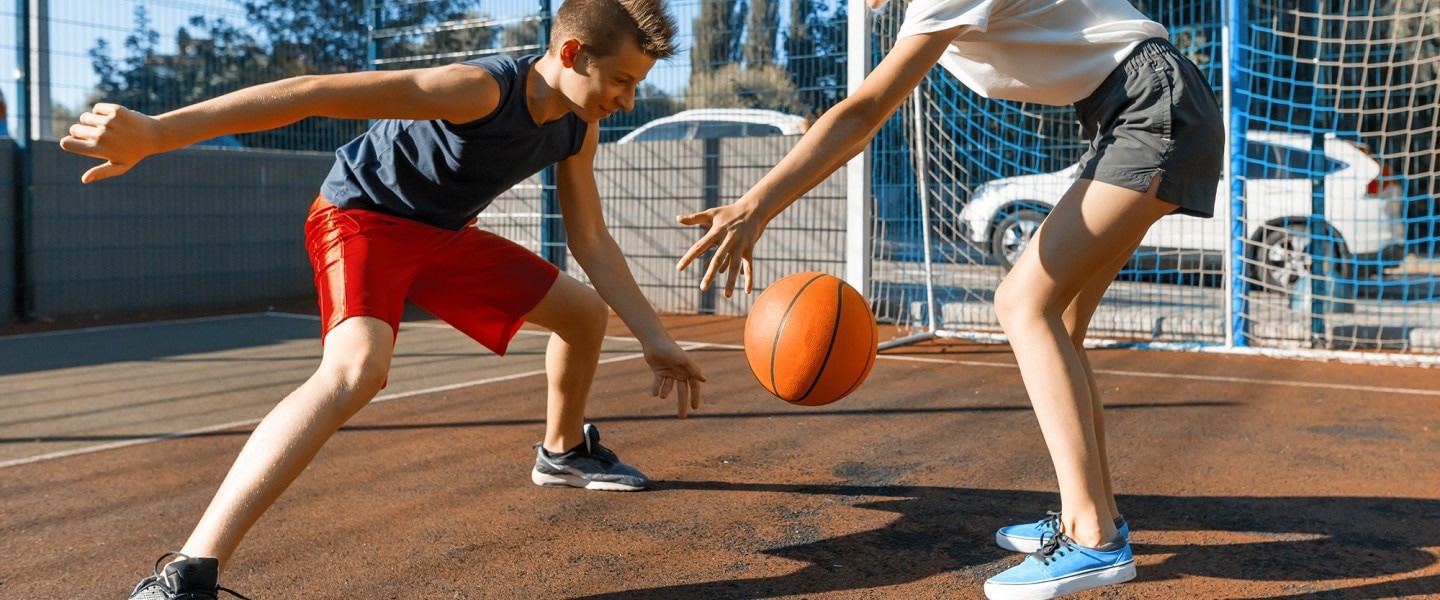A study led by the University of Eastern Finland suggests that adolescents who engage in active school transport and leisure-time physical activity perform better at secondary school than their inactive peers. Regular leisure-time physical activity, even in moderate doses, was also associated with lower odds of school burnout. The findings were published in the prestigious European Journal of Public Health.

Image Credit: University of Eastern Finland
The relationship of physical activity with learning and academic achievement is complex. However, prior studies have found that especially school-based physical activity, such as physical education, can improve classroom performance – particularly in mathematics. Despite this, few studies have examined the association between active school transport and educational outcomes. Regarding physical activity and school wellbeing, most of the previous evidence is focused on university-level students.
In the recently published study of over 34,000 adolescents, researchers observed that active school transport was associated with higher odds of high perceived academic performance and self-reported competency in academic skills. The association was even stronger for leisure-time moderate-to-vigorous physical activity. Similar to prior studies, the relationship between leisure-time physical activity and mathematical skills stood out.
“The results regarding active school transport were particularly intriguing as researchers are increasingly interested in the health benefits of travel-related walking and cycling. Being physically active before school could, for example, enhance concentration in classroom, explaining our observations. However, due to the cross-sectional design, our study cannot establish causality,” says Juuso Jussila, a Doctoral Researcher at the University of Eastern Finland.
“There were no surprises regarding the strong association between leisure-time physical activity and perceived academic achievement due to support from prospective and intervention studies. Although we do not know all the explanatory mechanisms, improved coordination and perceptual-motor skills, required in various team sports, for example, can at least partially explain these observations. Leisure-time physical activity is also typically more intense than active school transport, leading to increases in brain-derived neurotrophic factor in our circulation and, thus, improvements in cognitive performance.”
Leisure-time physical activity was also inversely associated with school burnout. As little as 30 minutes of weekly moderate-to-vigorous activity was associated with 24% lower odds of school burnout. Adolescents who engaged in leisure-time physical activity for 4 to 6 hours a week had 46% lower odds of school burnout compared to their physically inactive peers. Both leisure-time physical activity and active school transport were also positively associated with school enjoyment.
To the best of my knowledge, this was the first large-scale study to examine the association between physical activity and school burnout among adolescents. Leisure-time physical activity can be an effective way to disconnect from schoolwork and the potential stress related to it. If we can increase the amount leisure-time physical activity among youth, both learning and wellbeing benefits can be significant.”
Juuso Jussila, Doctoral Researcher, University of Eastern Finland
The study was conducted in collaboration with the Finnish Institute for Health and Welfare and the nationwide School Health Promotion study. Jussila works as a researcher in the Climate Nudge project, which is funded by the Strategic Research Council at the Academy of Finland.
Source:
Journal reference:
Jussila, J. J., et al. (2023) Are active school transport and leisure-time physical activity associated with performance and wellbeing at secondary school? A population-based study. European Journal of Public Health. doi.org/10.1093/eurpub/ckad128.